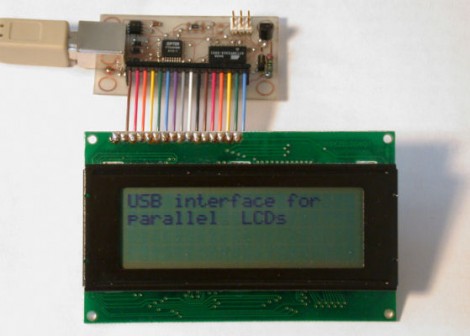
Well, we’ve come to the end of my Shmoocon 2006 coverage. The conference wasn’t all presentations though, there were a lot of other fun activities:
The Hacker Arcade featured arcade games that had been modified to generate USB tokens that you could later redeem for prizes. The folks at 757.org modified a skill crane so that it could be controlled from the web. Of course, toys like this at a hacker convention spawned some creative solutions. David Rhodes scripted the skill crane’s web interface so that it would try every possible coordinate pair and ended up with an armful of prizes. Another attendee discovered that the USB tokens weren’t case sensitive and generated a couple hundred thousand prize tokens.
Hack or Halo was different from your standard tournament. You could take the other team on in either Halo 2 or drag race hacking. From what I heard it’s pretty easy to get up to speed and be competitive, just know your way around a sniffer, Metasploit, and an energy sword and you’ll be good to go.
Grey Frequency managed to find all twenty different conference badge outlines needed to make a fully interlocking set. Shmooballs were handed out to attendees so that they could physically manifest their disagreement with the speaker; speakers were given paddles. During the closing ceremony a t-shirt cannon was brought out to help distribute swag.
I’d like to thank The Shmoo Group for putting together an excellent conference, the boys from Midnight Research Labs for keeping things interesting when I wasn’t in talks, and atlas, RenderMan, Jason Scott, Abend and all the other speakers who have stopped by to leave comments on Hack-A-Day.
















